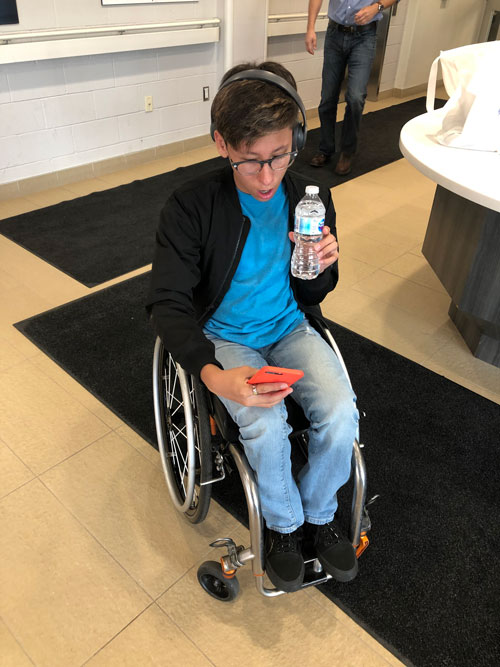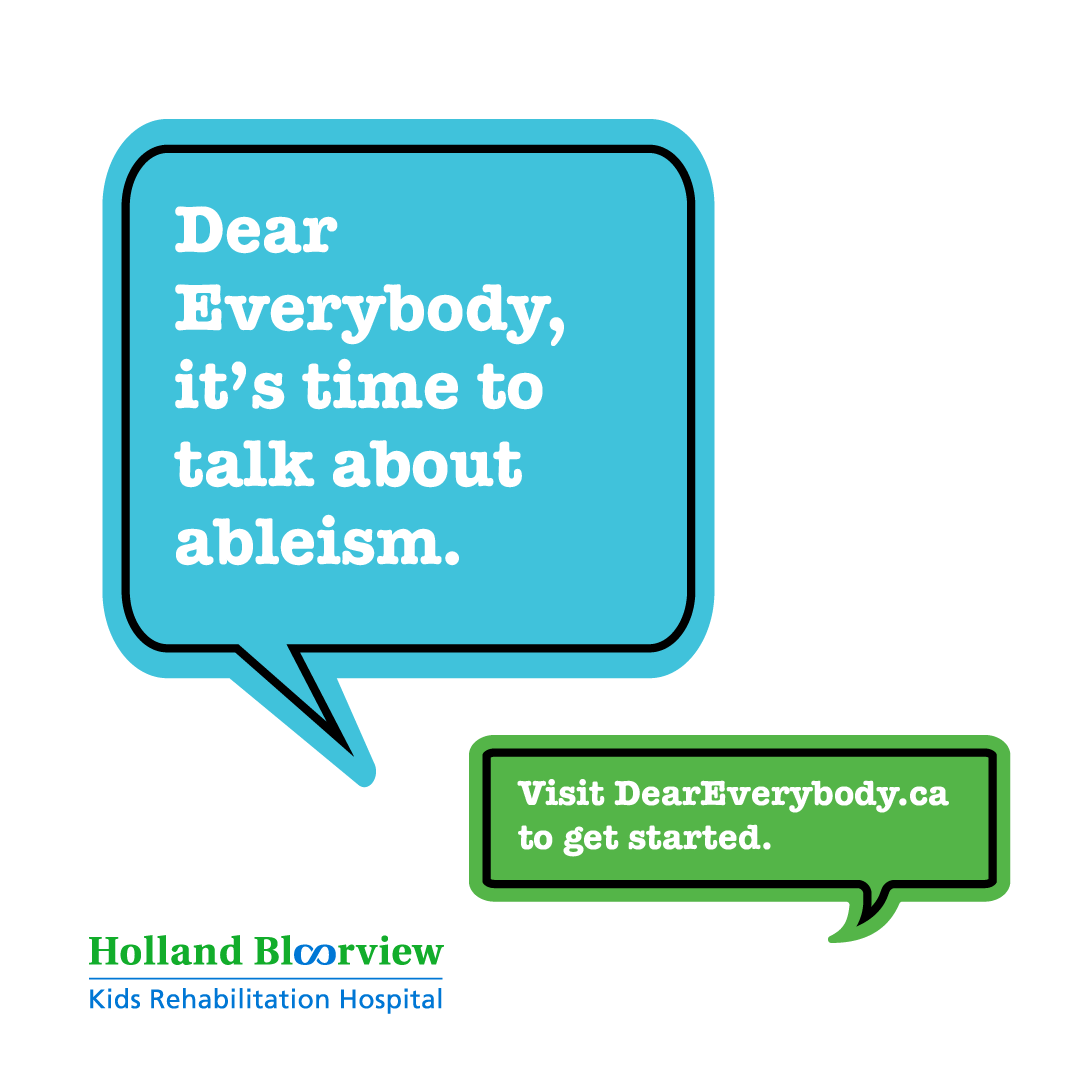See what an audition day looks like for 15-year-old Tai, an undeniable triple threat in singing, acting, and dancing.
Back to Stories

What does an audition day look like?
Have you ever auditioned for a role in a commercial or show? Have you ever dealt with first-audition jitters and trying to figure out the casting director’s facial expressions?
Unsurprisingly 15-year-old Tai is no rookie to auditioning. But while he’s undeniably a triple-threat—he’s a musical theatre star with a passion for singing, acting, and dancing—Tai faces a couple more challenges beyond line memorization and edging out the competition.
Follow along as he takes us through his day at one of his recent auditions and the things he and other actors with disabilities have to think about when it comes to the physical casting space and location.
8:00 a.m. – Today is audition day! I’ll be trying out for a role in a commercial. Just woke up (after my alarm went off, and my mom had to wake me twice) and I think I’ll wear my blue shirt since they told me to wear bright colours and no logos. Time to shower and I need to remember to comb my hair.
8:45 a.m. – Mom is driving me to the audition today. We stop by a Tim Horton’s first for a bagel and an Iced Capp because we haven’t had time to eat yet. I’m starving!
10:00 a.m. – Just got to the casting house downtown, which is very far from our place! I see a ramp up to the sidewalk but there appears to be one stair leading to the door. This should be fun…
10:05 a.m. – Okay, it was easy enough but still a little frustrating for me to get inside. I bumped up a stair or two, but it wouldn’t be so easy for some of my friends if they were here…
10:07 a.m. – It looks like the shoot is on the fourth floor. Great, the elevator works! I make it to the audition location and make it inside the casting lobby. I sign-in and wait my turn.
The room is filled mostly with kids, who look around my age, without disabilities. I’m super excited to audition for this role. I hope I get it!
Oh, look, it’s one of my friends! Let me go over and say hi. Usually we get called to the same auditions when they’re looking for someone with a disability.
10:15 a.m. – The assistant calls me in. There are three people in the room: two are sitting at the table and one is standing by the camera. They ask me to laugh, to look sad, and to look happy. They barely look at me, so I don’t know what to think about that…
10:30 a.m. – I am done. I’m out of the room and back in the lobby. I feel really good about my audition. Now it is the time to wait…
Sometimes I hear back, but most times I don’t hear anything unless I get the job. I didn’t get the job for that audition.
That was one of the first auditions my agent has sent me in more than two years. It’s always difficult getting an audition unless brands and storylines specifically ask for a kid in a wheelchair.
Mostly, my acting and modeling opportunities come from Holland Bloorview and other similar agencies.
I would really love to get a job on a TV show.
I know I can play the teenaged-male character. I am a teenager after all.
Until next time…

